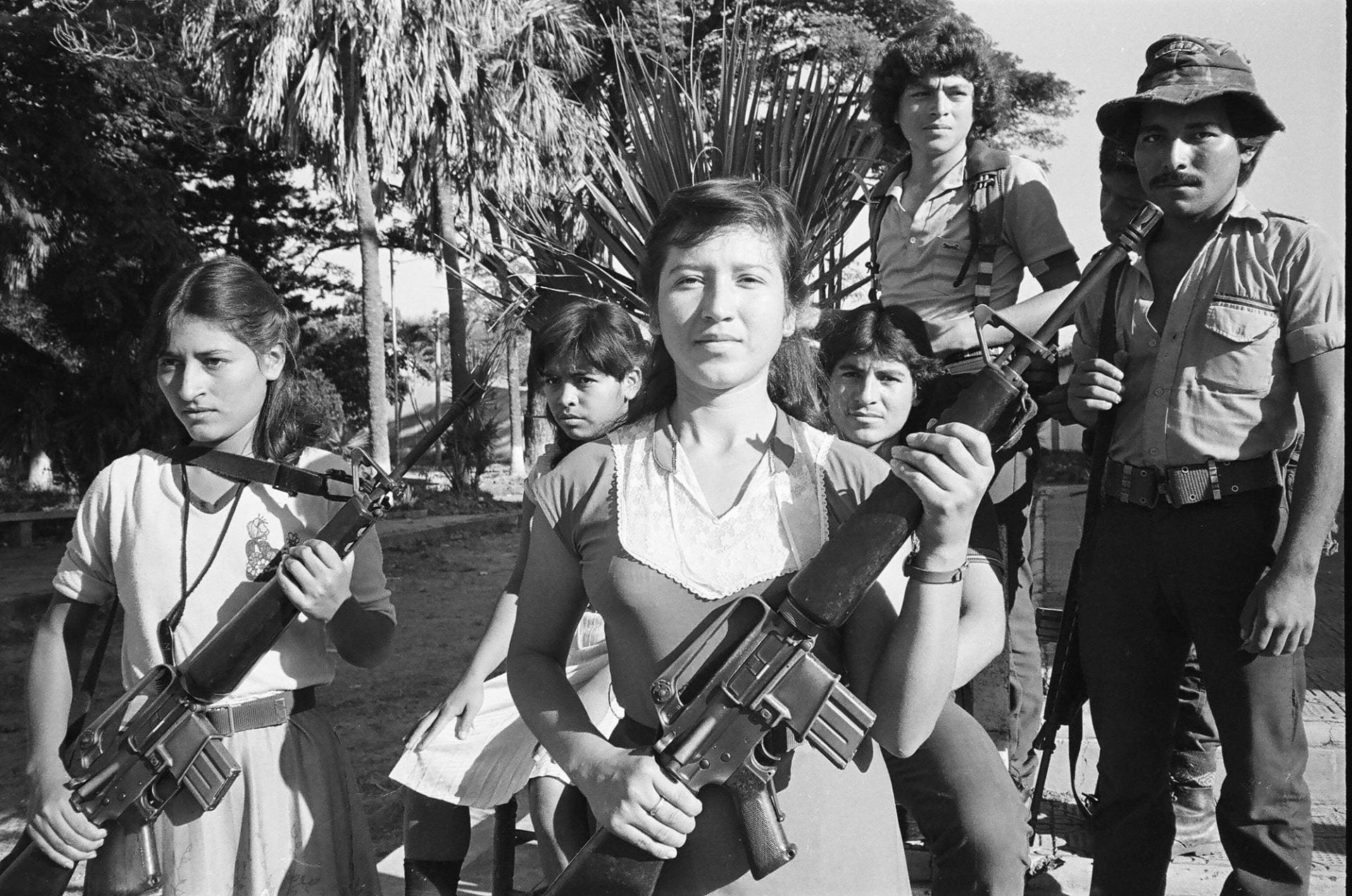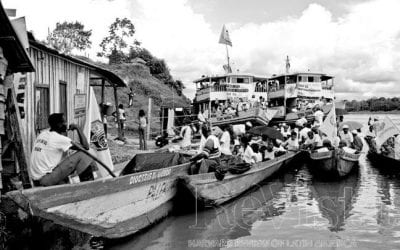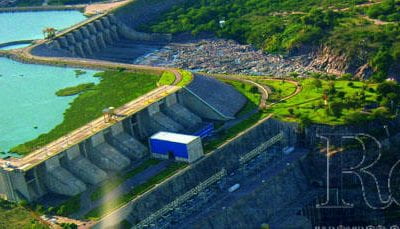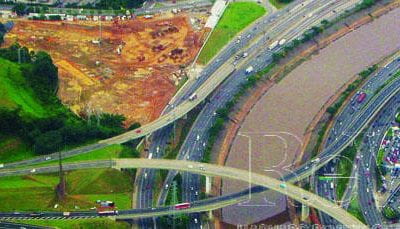A man was shot and killed in a dispute in June 2010 over a water connection in San Juan Cancuc, Chiapas, Mexico. A Zapatista settlement coexists, if uneasily, on the edge of the municipality. Residents of the nearby community of El Pozo had threatened to shut off Zapatistas water connection. A confrontation ensued, shots followed, with one fatality and nine wounded. A spokesman claimed the Zapatista group acted in self-defense.
As a student in the DRCLAS Student Internship Program in Sustainable Development, I’d been commuting to this small town in high, green, tropical Chiapas to interview women looking to start a cooperative. I found out just how much a good water connection is worth: it can cost human lives.
Monica Porto’s observation that water infiltrates most of our infrastructural layers is essential. We drink water; water carries away our waste, provides our electricity, and determines whether our crops will grow. And as such water use dominates discussions on water. How we use and distribute water are delicate questions. To a community, water is also agriculture, sanitation, transport and power.
This issue of ReVista examines the many intersections of water and human development: the human waste that mixes with the water we drink; how communities can share and manage their own water; how climate change impacts stream flow, or, as Diana Duque narrates, how a community manages when corpses float downstream as runoff.
Water operates on a much greater physical scale than humans do. The hydrogeological processes of sedimentation, deposition, runoff, erosion—driven by gravity—chisel landscapes on earth: the Andes, the Amazon, the Salar de Uyuni, the Patagonian ice field. Allowed to take its time, the motion of even a relatively small amount of water is powerful.
The volume of the Colorado River can be measured by the cupful as it winds to its end somewhere in northwestern Sonora, and yet the canyons it makes as one follows it upstream are unsurpassed. Sometimes, water is thrust upon a landscape more immediately, as survivors of the 1960 Chilean tsunami, or a Caribbean hurricane, have witnessed.
In this sense, water permeates through much more than the infrastructure of our cities. Water permeates layers of scale—as John Briscoe notes, the water cycle in South America is defined by regions as large as Brazil and the Andes, but as many of the other authors in the issue point out, has important and immediate impact on individuals. The physical geography that we inhabit integrates the impact that water has created on timescales from millions of years to minutes.
Outside La Paz, Bolivia, a human impact is felt even on this large scale. The receding Andean glaciers that supply La Paz are some of the best visual evidence of the impact of climate change on regional hydrologic cycles. But as Angela Livino notes, water supply is likely changing in less visually apparent ways even in places like the Brazilian Amazon.
Water will become a more pressing issue for human development. With changing water supply and higher populations, more communities will have to grapple with challenges like the dispute in San Juan Cancuc, or the potential shortages in La Paz.
Unless they want to accept the trend toward the consolidation of water in the hands of a powerful few, communities themselves will be tasked with ensuring water rights. This is why experiments in water management like the Mesas Técnicas de Agua that Rebecca McMillan and Susan Spronk describe are so important.
The hydrologic cycle, though, is just that—a cycle, of which human life and death and anthropogenic change make one small component. Rivers change their courses, oceans rise and recede; runoff continues to slowly move mountains. Dams and canals will erode, and crack. In any debate over water, water itself will have the last word.
Related Articles
Al Son Del Río
English + Español
Wending our way down the Atrato River in Colombia’s Chocó region, we finally reach the town of Puné. It is a fickle June afternoon, one of those humid tropical afternoons when the sun and water alternate in sudden torrential rains. “The river is everything to us,” …
Water, The Energy Sector and Climate Change in Brazil
As a Brazilian, I am very proud of the rich natural resources of my country, in particular water resources. As an engineer who had worked in the Brazilian energy sector for the last fourteen years, I am very proud of the infrastructure built over the last seventy years that has allowed the use of water resources responsibly and intelligently. But as a hydrologist and doctoral student in water resources,…
Water-Friendly Cities?
The world just turned urban. For the first time in human history, urban citizens make up more than half the world’s population, the 2006/2007 UN-Habitat State of the World’s Cities Report tells us. In the last century, Europe and the Americas experienced intense urban growth. Today this is the reality for Asia and Africa….






